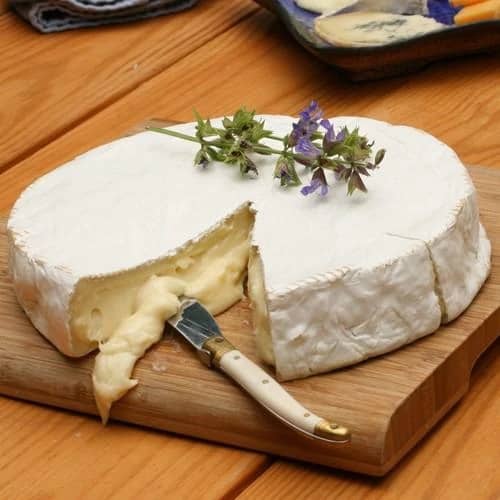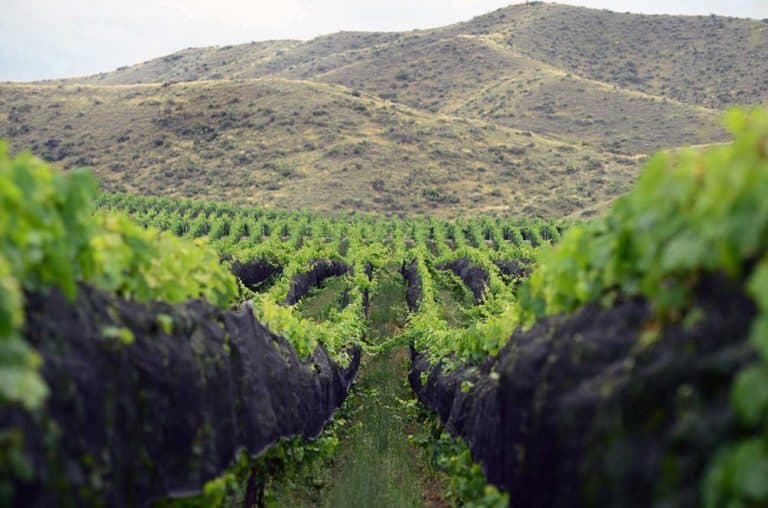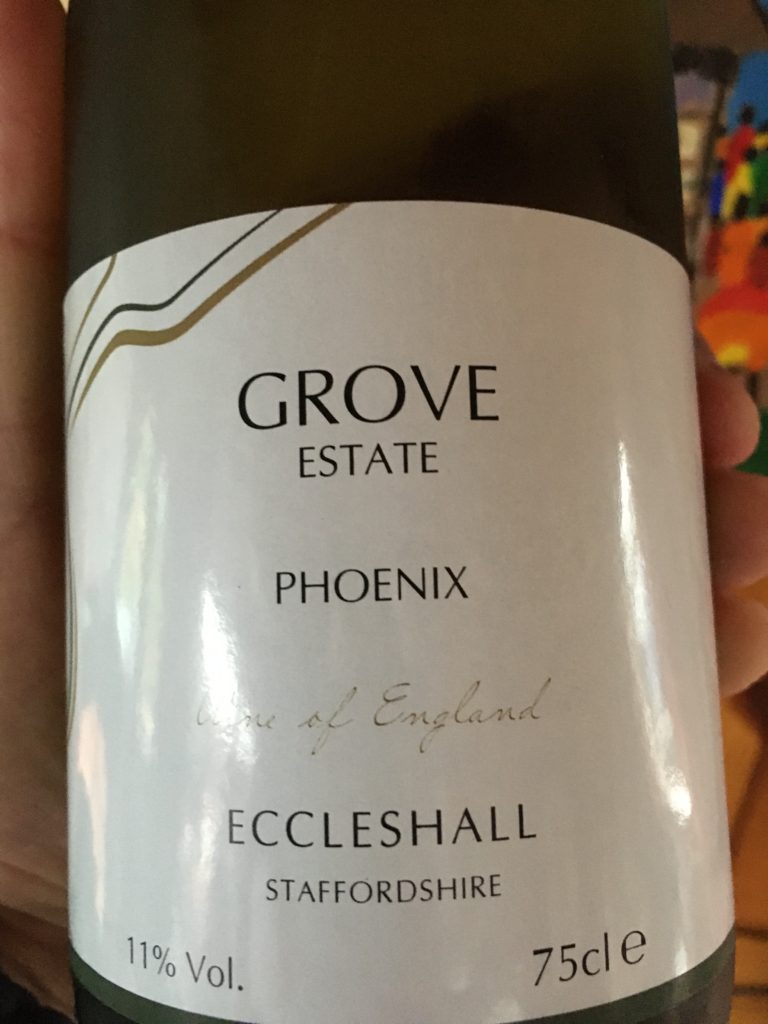How to Taste Cheese Like a Pro…and a turophile!
Join us for a quick guide on How to Taste Cheese. Tasting cheese and tasting wine share many similar actions. Wine tasters will swirl their wine and observe the color against a white background whilst cheese tasters will note the color of the cheese, although for different reasons. Wine tasters will sniff their sample wine with great concentration whilst your cheese tasters do the same to capture a special whiff of the cheese on offer.
When we use our senses to assess and examine cheese and wine we call the process a “sensory analysis”. Always keep in mind that this is a subjective test meaning that each person’s tastebuds, sense of smell, and capture of images differ. We all have different taste sensations when tasting the same cheese or wine.
So, you want to taste cheese like a turophile? Yes, you have guessed right; A cheese lover is called a “turophile”. Let’s start our tasting using a nice, ripe Brie cheese:
Step 1:
Allow the cheese to relax
No cheese should be tasted coming straight from the refrigerator. Cheese should be tasted at “room temperature”. You can read more about room temperature here.
Unwrap your wedge of Brie and place it under a cheese dome or a food net. It will take about an hour for the cheese to reach room temperature. Take note that a large wheel of Camembert or Brie may take a tad longer to reach room temperature. A cold Brie cheese, straight from the fridge, will have very little aroma and the texture will be rubbery, chalky, and quite hard.
Step 2:
Take a good look
Note the color of the rind. A Brie and Camembert must have a snowy white rind. Read more about the different cheese rind colors here.
What is the color of the soft, runny cheese inside? A ripe Brie should be creamy yellow with a younger cheese being whiter in color than a well-ripened Brie
Step 3:
Yes, you may touch
Use a cheese knife to cut a bite-sized piece of Brie, making sure that you have enough rind to handle the cheese between your fingers. A gentle squeeze between your forefinger and thumb will do the trick. Is it elastic or crumbly? Soft and pliant or unyielding? Is the surface tacky or smooth? Are some parts of the piece softer or stickier than others? This information gives you more clues as to style, age, texture, moisture, and fat content.
Step 4:
Time to smell the cheese
It is important to smell the cheese before we taste the cheese. By sniffing, we activate our sense of taste because our sense of smell forms a major part of what we experience as “taste”
Smell the whole cheese first and describe the smell in your mind. Now smell the rind separately from the soft, pasty inside of the Brie. The aroma of cheese will change as the cheese is exposed to the atmosphere (oxygen) and new aromas will be detected from taste to taste.
Step 5:
At long last…the tasting
Prepare your mind for appreciating new flavors and aromas. Close your eyes and put a bite-sized piece of cheese on your tongue. The cheese will heat up slightly and more flavors will be accentuated. Make a mental note of the first flavor you notice. Mushrooms?
Take time to chew the cheese thoroughly. The flavors will change constantly as the cheese moves around in your mouth as we have taste receptors all over our palate.
Now swallow the cheese. Note that the flavor changes again as the cheese hits the back of your mouth. Do you sense an aftertaste? Is it sharp or smooth?
An important part of tasting cheese is to close your mouth after the swallow and slowly exhale through your nose. The overall flavor will linger in your nasal passages, giving you time to make final notes on the true taste of the cheese.
Step 6:
Chat about your cheese tasting experience
Once you’ve tasted a cheese, describe the flavors, textures, and aromas you identified. Verbalizing what we taste can be tough, but having a friend, tasting notes from a cheese shop, or even a flavor wheel can help you pinpoint some reference flavors for the cheese you just tasted.
It’s also a good idea to take notes, either in a dedicated tasting notebook or on your phone, so you can refer to this cheese later. This is a handy tip and can come in handy when shopping for your next batch of cheese.
Another tip; Be sure to cleanse your palate with a sip of water and a plain cracker or piece of bread before you indulge in the next cheese.
Enjoy tasting cheese like a pro…and remember, you are a turophile!







2 Comments
Comments are closed.